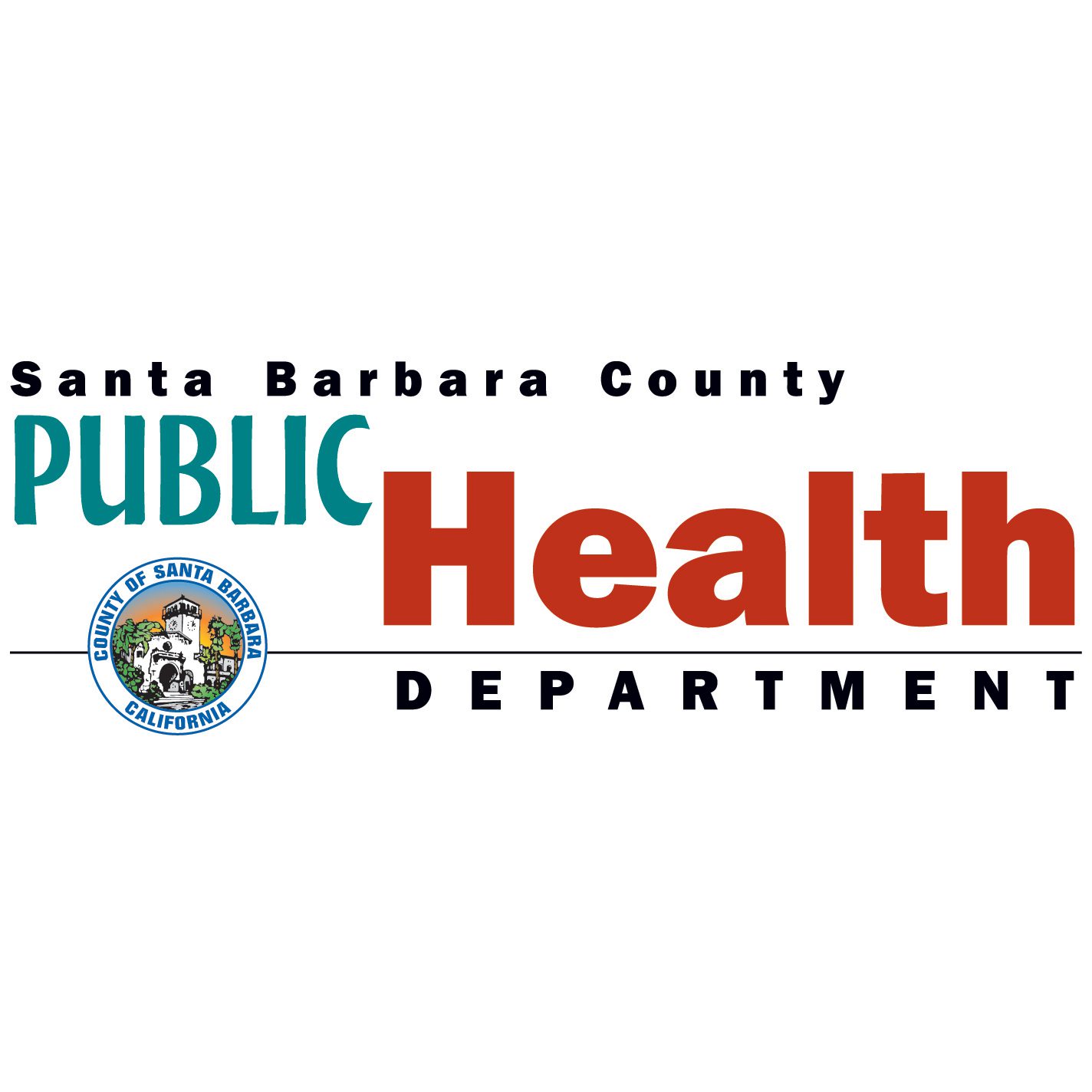Star Staff Report
Santa Barbara County public health staff worked quickly in response to the confirmation of a case of measles on Dec. 29.
Because of the highly contagious nature of this air-borne virus, and the fact that the Measles, Mumps and Rubella (MMR) vaccine must be given within 72 hours of exposure to prevent disease in vulnerable contacts, the Public Health Department activated their Department Operations Center (DOC) on Friday, Dec. 30 with more than 20 employees working to identify the individuals that had made contact with the infected person and administer the MMR vaccine within the 72 hour deadline. A total of 45 contacts to the patient were identified and assessed for their immunization and health status. 10 MMR vaccines were administered at the DOC and one person was placed in quarantine.
Because the incubation period for the measles virus is 21 days, all 45 contacts will continue to be monitored by Disease Control until Jan. 17. The DOC will remain functional until that date and plans are in place should a second measles case develop. “We train for situations like this and move quickly when they happen,” said Dr. Charity Dean, Health Officer. “Protecting the vulnerable in our community is top priority.”
Measles is a serious disease and can cause encephalitis, pneumonia, and even death. The outcomes are particularly serious for young children, pregnant women, and those with weakened immune systems. In the decade before 1963 when a vaccine became available, it is estimated three to four million people in the United States were infected annually. Each year an estimated 400 to 500 people died, 48,000 were hospitalized, and 4,000 suffered encephalitis (swelling of the brain) from measles.
According to the Center for Disease Control and Prevention (CDC), the symptoms of measles generally appear about seven to 14 days after a person is infected and typically begins with two to three days of a high fever, cough, runny nose, and conjunctivitis-like symptoms in the eyes. “Two or three days after symptoms begin, tiny white spots (Koplik spots) may appear inside the mouth.Three to five days after symptoms begin, a rash breaks out. It usually begins as flat red spots that appear on the face at the hairline and spread downward to the neck, trunk, arms, legs, and feet. Small raised bumps may also appear on top of the flat red spots. The spots may become joined together as they spread from the head to the rest of the body. When the rash appears, a person’s fever may spike to more than 104° Fahrenheit.”






